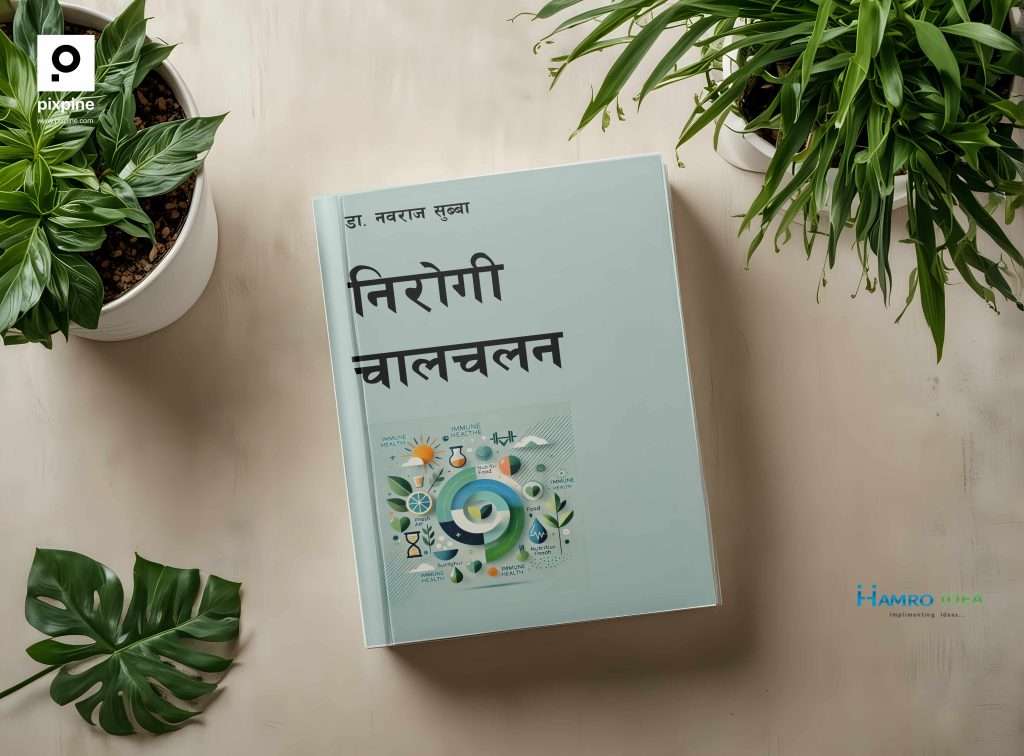Salute-Martyrs
Salute-Martyrs: Honoring Nepal’s Spirit Through Nawa Raj Subba’s Artistry Unity in Diversity Madhesi or Janajati, we are Nepali.Dalit or Tagadhari, we are Nepali.From the Himalayas and Hills to the Terai Plains, the soil shares one hue.Sharma, Sherpa, Tharu, Rai—our blood flows red and true. These lines epitomize the essence of unity and pride in Nepal’s […]



